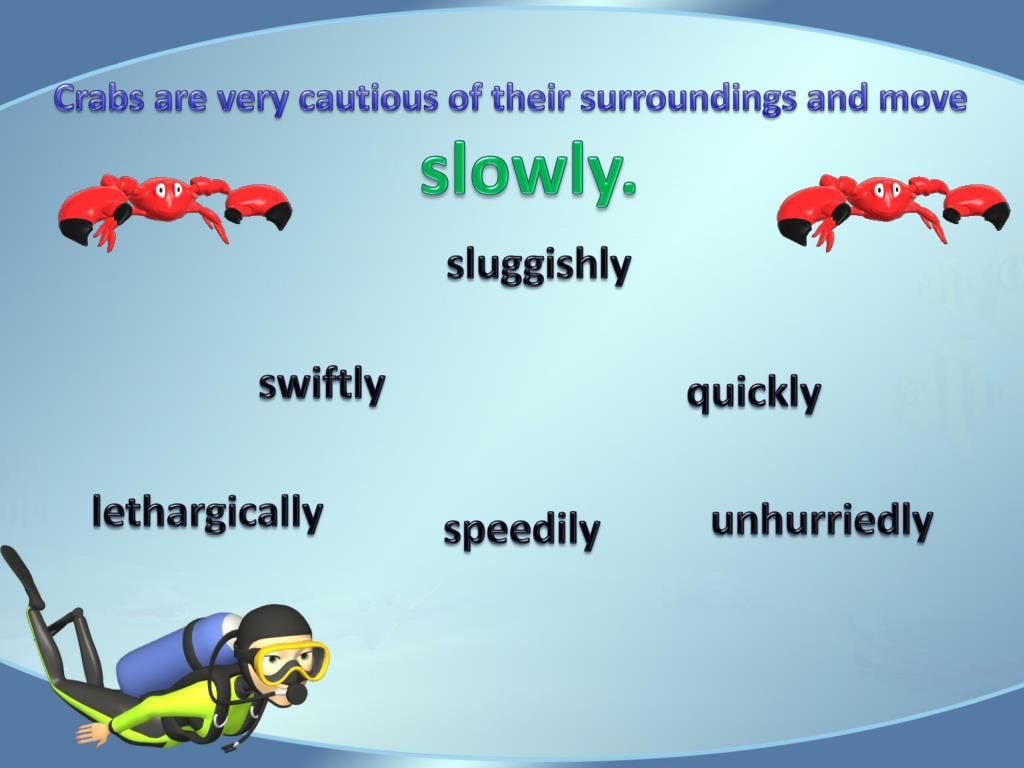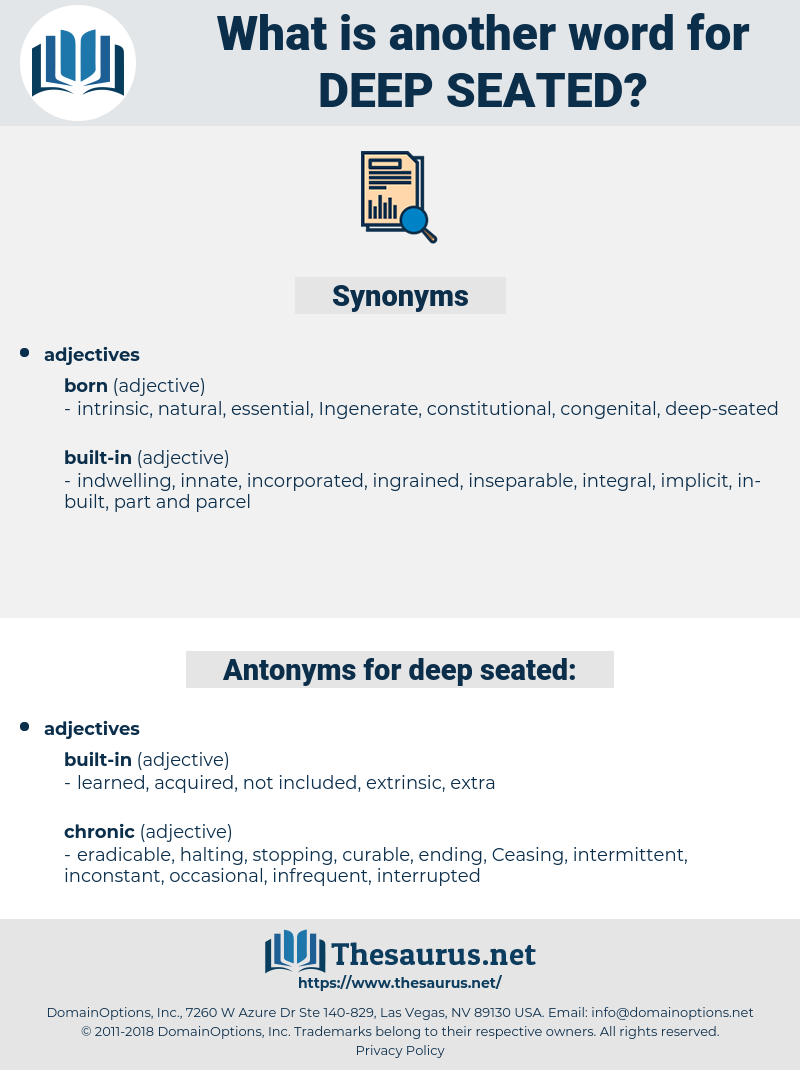
įor thousands of years, most seawater pearls were retrieved by divers working in the Indian Ocean, in areas such as the Persian Gulf, the Red Sea, and in the Gulf of Mannar (between Sri Lanka and India). In Japan, ama divers began to collect pearls about 2,000 years ago. During the Peloponnesian War, divers were used to get past enemy blockades to relay messages as well as supplies to allies or troops that were cut off, and in 332 BC, during the Siege of Tyre, the city used divers to cut the anchor cables of Alexander's attacking ships. If barricades were found, it was divers who were used to disassemble them, if possible.

Defenses against sea vessels were often created, such as underwater barricades, and hence divers were often used to scout out the seabed when ships were approaching an enemy harbor. Divers would swim down to the wreck and choose the most valuable pieces to salvage.ĭivers were also used in warfare. As a result of shipwrecks, particularly in the fierce winter storms, divers were often hired to salvage whatever they could from the seabed. The Mediterranean had large amounts of maritime trade. Harvesting of red coral was also done by divers. By using weights ( skandalopetra) of as much as 15 kilograms (33 lb) to speed the descent, breath-holding divers would descend to depths up to 30 metres (98 ft) to collect sponges. The island of Kalymnos was a main centre of diving for sponges. In Ancient Greece, both Plato and Homer mention the sponge as being used for bathing. Freediving was practiced in ancient cultures to gather food, harvest resources such as sponge and pearl, reclaim sunken valuables, and to help aid military campaigns. The divers faced the same problems as divers today, such as decompression sickness and blacking out during a breath hold. In ancient times freediving without the aid of mechanical devices was the only possibility, with the exception of the occasional use of reeds and leather breathing bladders.

Natural sponges have been harvested by freedivers near the Greek island of Kalymnos since at least the time of Plato.
Diving deeper synonym free#
Historically, the term free diving was also used to refer to scuba diving, due to the freedom of movement compared with surface supplied diving. There are also a range of "competitive apnea" disciplines in which competitors attempt to attain great depths, times, or distances on a single breath.

Diving deeper synonym skin#
Three species of sea turtles – Green turtle, Loggerhead turtle, and Hawksbill – inhabit Okinawa, and all of them come and lay eggs on Zamami Island from April to September.Freediving, free-diving, free diving, breath-hold diving, or skin diving is a form of underwater diving that relies on breath-holding until resurfacing rather than the use of breathing apparatus such as scuba gear.īesides the limits of breath-hold, immersion in water and exposure to high ambient pressure also have physiological effects that limit the depths and duration possible in freediving.Įxamples of freediving activities are traditional fishing techniques, competitive and non-competitive freediving, competitive and non-competitive spearfishing and freediving photography, synchronised swimming, underwater football, underwater rugby, underwater hockey, underwater target shooting and snorkeling. Zamami Island, which belongs to Kerama Islands, is known as a spawning ground of sea turtles. In addition to the popular Discover scuba diving, snorkeling in the beaches is fully enjoyed by people of all ages, even young children. You can see colorful and beautiful corals in shallow water, if in Kerama. Since there are 400 species of coral identified in Japan, more than 60% of them inhabit Kerama’s water. Let’s spend a night to explore more.Īkajima Marine Science Laboratory located in Aka Island has confirmed that there are 14 families, 59 genera, 248 species of coral found on the surrounding Kerama Islands. Although many one-day diving tours depart from Okinawa Main Island to the islands are offered, there are diving spots that you can only access from Kerama Islands.

It takes around 35 to 60 minutes by high-speed vessel or ferry from Tomari port, Naha City. The water is absolutely the world-class quality that you can not only see through dozens of meters ahead but also recognize the ocean’s blue in the water. What surprises first-timers to Kerama Island is the crystal clear water that you can see down to the bottom from surface.


 0 kommentar(er)
0 kommentar(er)
